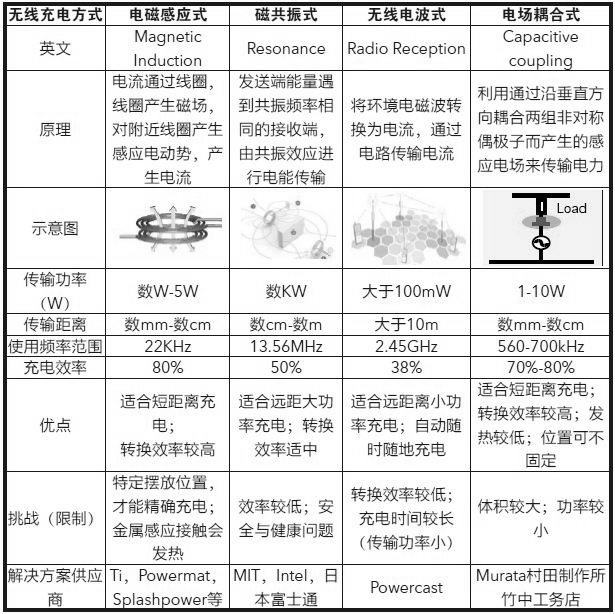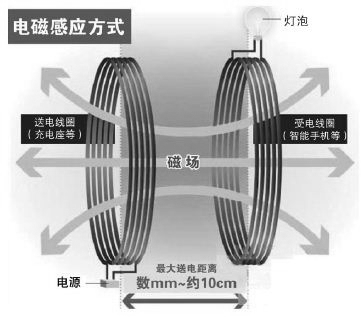Wireless charging technology, that is, Wireless charging technology, means that the device with battery does not need to use electric wires, and uses electromagnetic wave induction principle or other related AC induction technology to transmit and receive the corresponding sensors at the transmitting end and the receiving end. A technique for AC signals to be charged is derived from wireless power transmission technology.
The study of wireless charging technology originated in the 1930s when Michael Faraday discovered the phenomenon of electromagnetic induction, that is, the change in magnetic flux produced an induced electromotive force, which generated current in the wire. But the earliest idea of ​​wireless power transmission was the wireless power transmission concept and wireless transmission test proposed by Nikola Tesla in the 1890s, so some people call it the father of wireless energy transmission.
Technical principle
From the specific technical principles and solutions, the current wireless charging technology mainly has four basic modes: electromagnetic induction type, magnetic resonance type, radio wave type and electric field coupling type. These technologies are suitable for short-range, medium- and short-range and remote power transmission.
Various wireless charging methods have their own characteristics, as shown in Table 1.

Table 1 Comparison of various principle schemes for wireless charging
The most mature and most common is electromagnetic induction. The fundamental principle is to use the principle of electromagnetic induction. Similar to the transformer, there is a coil at the transmitting end and the receiving end. The primary coil is connected to a certain frequency of alternating current. Because electromagnetic induction generates a certain current in the secondary coil, the energy is removed from the secondary coil. The transmission end is transferred to the receiving end, as shown in Figure 1. Powermat, the PWC Alliance founder, introduced a WiCC charging card with electromagnetic induction, which is about the size of an SD card. It is internally embedded with components such as coils and electrodes, which can be used next to the existing smart phone battery.

Figure 1 Principle of electromagnetic induction wireless charging
Conecting Terminals Without Screws
Conecting Terminals Without Screws,Cold Pressing Terminals,Low Pressure Cold Shrinkage Terminal,Cold Shrinkage Cable Terminals
Taixing Longyi Terminals Co.,Ltd. , https://www.longyicopperterminals.com